
Plain Saline
Perth’s Desalination Discovery Centre delivers the good oil on good water.
Text:/ Graeme Hague
While you’re reading this, look out the window and in most parts of Australia it’s probably raining – or trying to… or going to. For the last six months and more we’ve been hearing about floods and torrential rain, and witnessed countless TV reporters standing soggily in the downpour telling us all about it.
So it’s kind of hard to remember that not so long prior to all this knee-deep mud that things were quite the opposite. Water reservoir levels were at record lows and there were grave doubts about where we’d get our next cold beer – a very serious issue. In Western Australia it was figured that with the projected growth in Perth’s population and a fixed (or declining) rainfall, desalination was the answer and an existing facility under construction was quickly brought on line and a new plant earmarked for further down the coast was fast-tracked, while another plant is planned for the not to distant future.
GET ‘EM WHILE THEY’RE YOUNG
But selling desalinated water to the population isn’t easy. It’s just a slightly more palatable idea than drinking processed sewerage–which is dumped into the ocean anyway, so that’s a lose-lose situation for many folks. Educating the Great Unwashed masses (or their kids really) about the benefits of desalination was seen as the solution and the National Centre for Excellence in Desalination Australia (NCEDA) decided on creating an educational facility, the Desal Discovery Centre (DDC) at the Murdoch University in Rockingham, just south of Perth.
The main target audience is lower-secondary school students and the focus is on attracting school groups to the DDC to dispel all those nasty myths about drinking water that was formerly the abode of fish.
The DDC is based in two main rooms, the Edulab which provides visitors with a hands-on experience in processing, testing and experimenting with the desalination process, and the Multimedia Room, a theatrette, with tiered seating for 50, a 3.5m rear-projection system that’s 3D capable and a full 5.1 surround audio system. For educating visitors, the NCEDA commissioned a 3D movie that follows the journey of a water drop named Crystal, who is ultimately transformed into Crystal Clear drinking water by the desalination process.

3D SELLS
The result of a collaboration process between NCEDA, the Water Corporation and Jumbo Vision, the production was coordinated by Jumbo Vision, after it impressed the CEO of NCEDA, Neil Palmer with the 4m demonstration INIFITEC 3D system in their Adelaide office.
The Desal Discovery Centre is certainly not just about teaching the kids about desalination. This highly-capable multimedia facility is available for conferences, seminars and meetings, and can offer video conferencing for multiple participants, desktop and screen sharing and teleconferencing. Some of the equipment that was originally designated as a permanent, wall-mounted ‘entry statement’ for the DDC became a mobile information station using a 46 inch multi-touch screen with the capability to display any custom-created content. Any kind of programming can be loaded into the station to suit third-party hirers. However, the standard presentation is an interactive Google Earth display showing the locations of all the world’s desalination plants, plus links to NCEDA Flickr videos and pictures, associated internet pages and partner’s websites.
“”
the dichroic filtered glasses require neither batteries nor a wired connection

COMING UP FROM BEHIND
Inside the Multimedia Room a 3500mm x 1970mm Da-Lite rear projection screen – a custom-sized 16:9 ratio screen that needed a bespoke aluminium frame manufactured by Jumbo Vision – takes pride of place. The 3D movie, which uses the INFITEC 3D system, is shown via two projectiondesign F32 1920 x 1080 projectors and the DDC has 60 pairs of the 3D glasses, wisely allowing for a high attrition rate considering many of its audiences will have the attention span of a… secondary school student. As the INFITEC 3D process is a passive super-anaglyph system, the dichroic-filtered glasses require neither batteries nor a wired connection. Good move.
The room is not set up for 3D exclusively and an AMX controller provides switching between 2D and 3D modes, plus handles source control and the Dynalite lighting in the auditorium. Hearing assistance is in place with a Williams Sound WIR SYS1 loop system.
You can’t write about an installation like this without telling a tale about something going wrong, but in this case the project was only a small step away from everything going perfectly. The only near-disaster was when a lift well needed to be relocated due to construction exigencies and inadvertently strayed in to the space allocated for the rear projection system that had already been constructed. Whilst the idea of folding the projection path using front-surface mirrors was considered for a while, the problem was eventually resolved by squeezing every last bit of lens shift from the F32s. Finally, some ambient noise issues were addressed by installing Soundscreen sound insulation.
DESALINATION – THE MOVIE
The 3D animated movie, Crystal, The Story of Desalination is a 12-minute epic created by Jumbo Vision working Last Pixel, a 3D specialist based in Perth. It’s a combination of live footage and animation, telling the story of Crystal, a drop of saline water who undergoes the metamorphosis from sea water to clear, drinkable water through the desalination plant. The voice of Crystal was Kelly Morgan, while the voice of “Bob” was by Dr Rob Bell from Channel Ten’s Scope program.
Outside it’s still raining and even the news feed from the NCEDA’s own website is declaring that desalination plants in Queensland and New South Wales are scaling back on output in the face of record-breaking rainfall. But Perth is growing faster than its available fresh water supply, and we all know the weather cycle will turn and once again people will be faced with the prospect of drinking processed sea water. Thanks to the efforts of the Desal Discovery Centre not so many Australians will find that an alarming thought.
They can even make cold beer out of it. That’s comforting.
MORE INFORMATION
NCEDA: desalination.edu.au
Jumbo Vision: www.jumbovision.com.au
Last Pixel: www.lastpixel.com.au

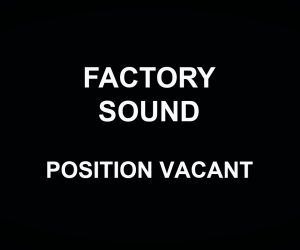
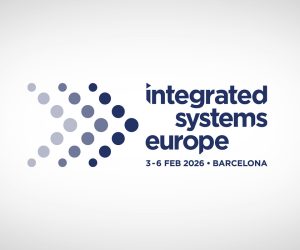
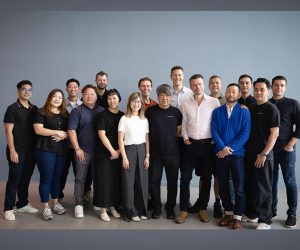






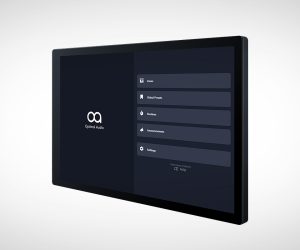

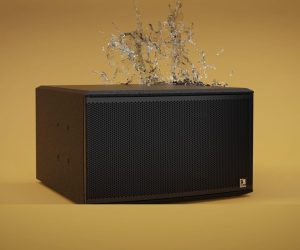


RESPONSES